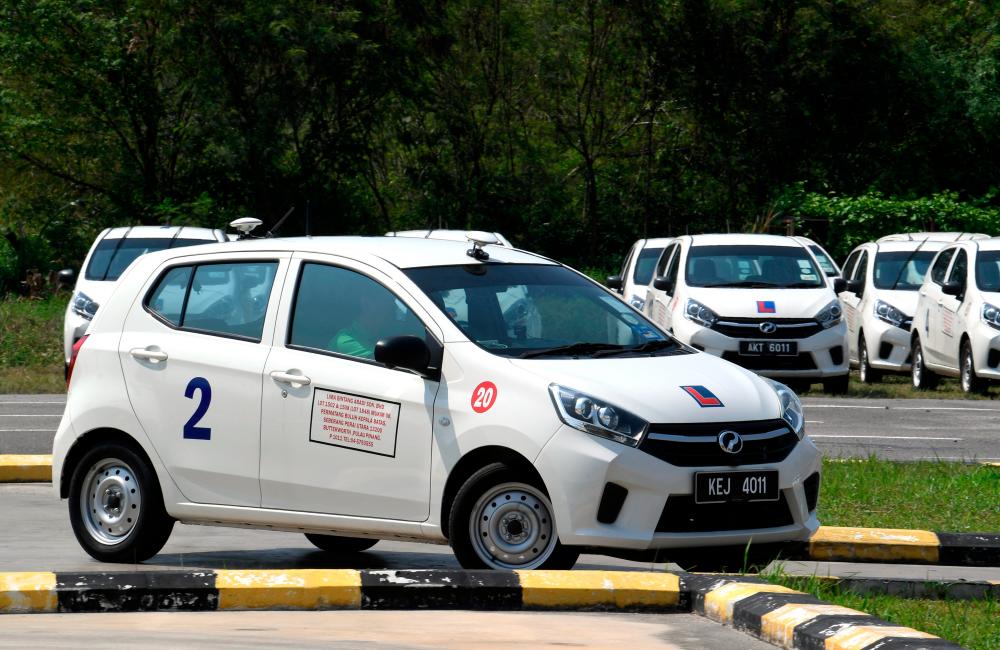THE Transport Ministry has plans to implement an automated driving licence testing system known as “eTesting” which allows candidates to have their driving tests without the presence of an official in the vehicle.
However, are electronic driving tests the way to go? Let us examine the pros and cons.
With everything in the world going electronic, it is inevitable that the process of applying for a driving licence be also upgraded.
Under the new system, the tester will monitor the candidate from his office and then ask the individual some questions. This approach is simple and efficient.
This is also an effective way to prevent corrupt practices, which have been a bane for those applying for driving licences and other road users.
These practices have resulted in candidates with poor or sub-standard driving skills securing the necessary paper qualifications to drive vehicles and later posing a danger to other road users.
What is important is to ensure the quality of drivers, not the quantity.
Corruption is not necessarily the only factor for the low quality of new drivers. It also relates to the standards of training and testing.
Safe driving is not just about not crossing the lines or staying within the boxes or electronic parameters. It also encompasses all other aspects of road safety. So, how can we improve the testing process?
We can introduce virtual driving scenarios that test candidates on decision-making, and reactions to unexpected events, just as how self-driving cars are programmed.
We should find ways to assess a candidate’s ability to anticipate and respond to potential hazards, and gauge a candidate’s temperament on the road.
This can involve assessing their stress management, patience and ability to stay calm under pressure.
As they say: It is not the destination, but the journey. The journey to obtaining a driving licence should be thorough, practical and reflective of the candidate’s ability to navigate the twists and turns on the road responsibly.











